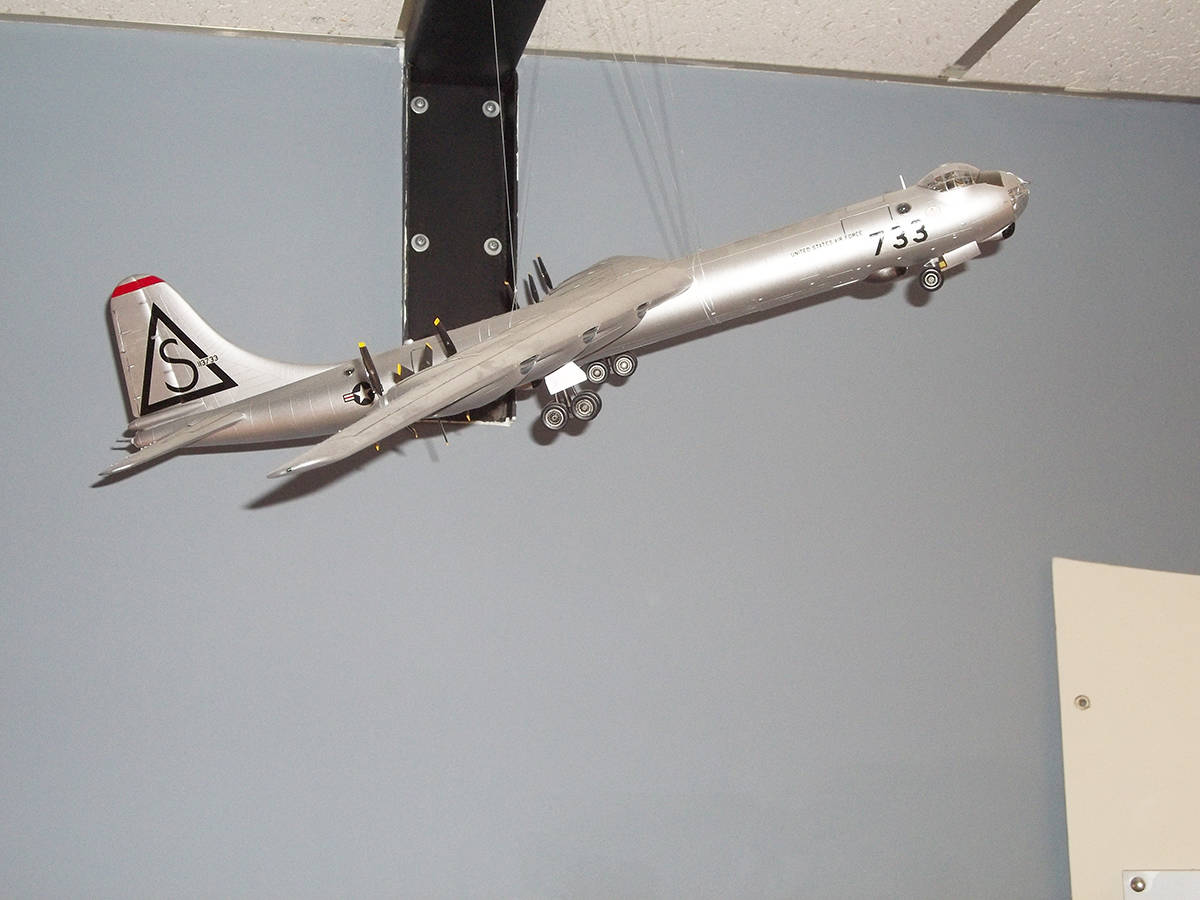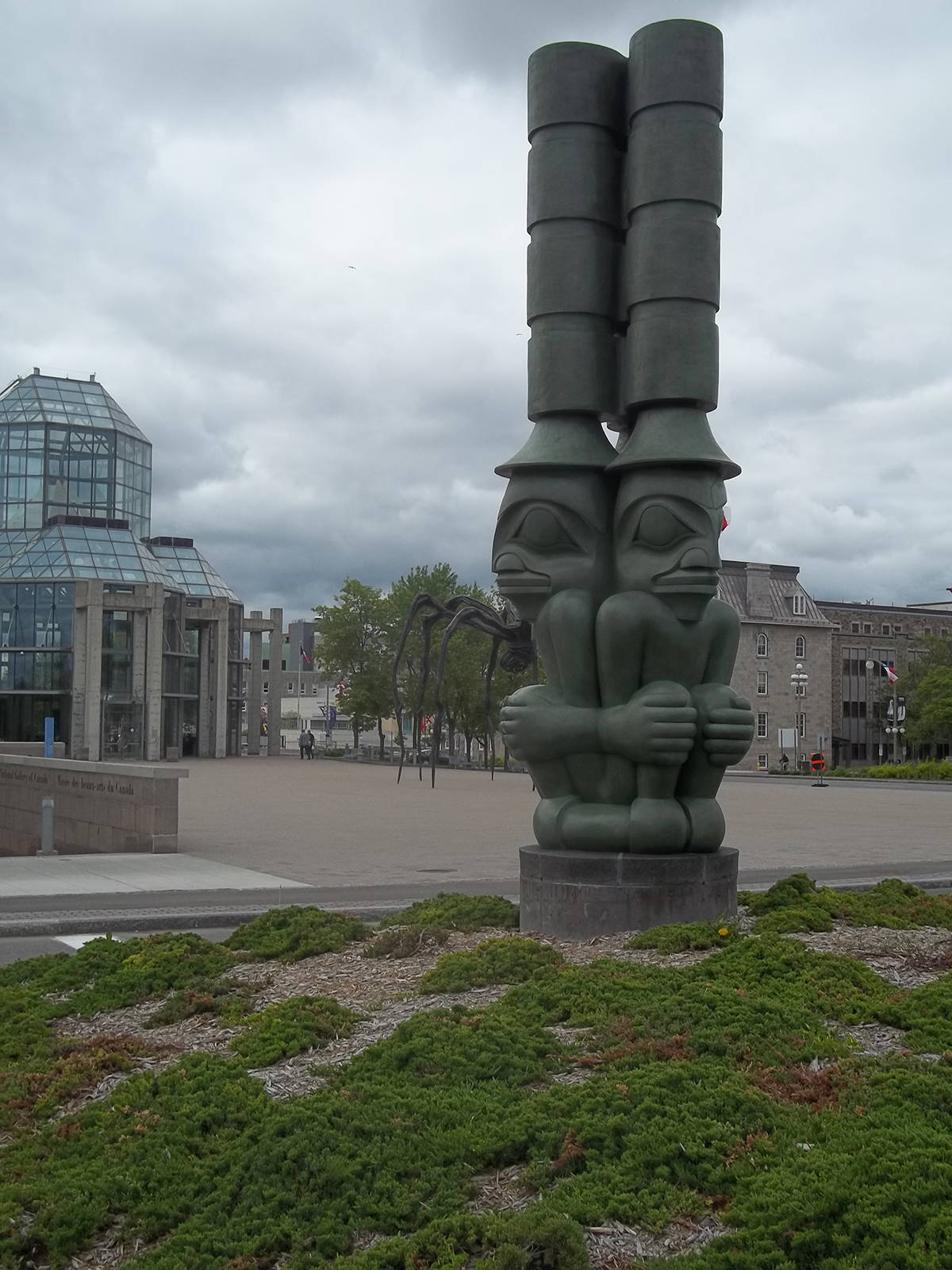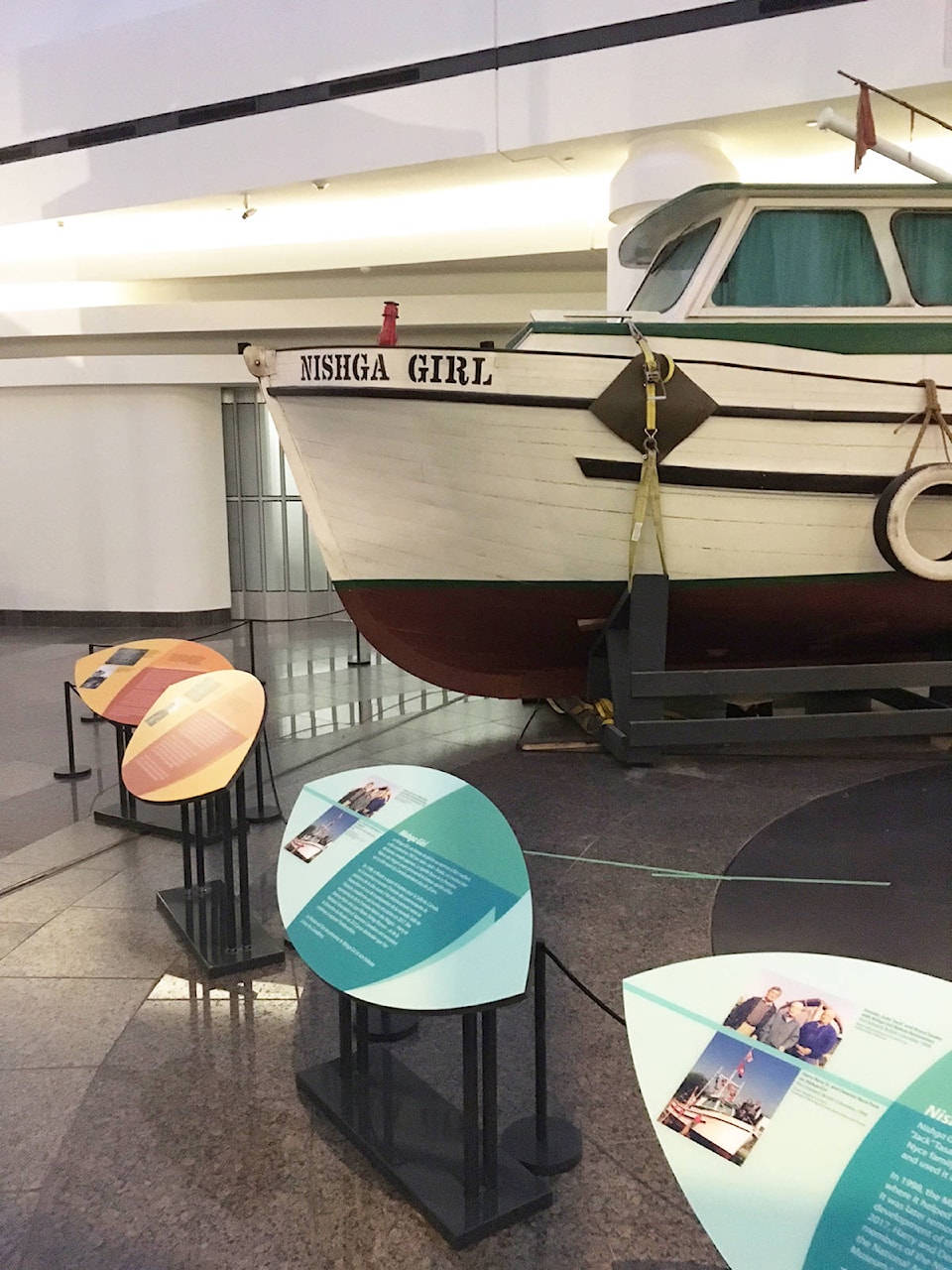OTTAWA may be three time zones and at least two plane rides from Terrace, with a combined flying distance of 2,700 miles, but once there, there’s a surprising number of reminders about northwestern B.C.
And with just days until the country’s official 150th anniversary, here’s a sampling of what you’ll find in the nation’s capital, and neighbouring Gatineau just across the Ottawa River, with connections back home.
The Diefenbunker
Located about 40 minutes west of Ottawa off of the Trans Canada Highway in a village called Carp, the Diefenbunker dates back to the Cold War era.
Nicknamed for John Diefenbaker, the Prime Minister when the bunker was finished in 1961, the underground structure of four levels and 100,000 square feet in size was intended to keep safe key members of the government should there ever be a nuclear war.
Closed in 1995 after being regarded as out of date and too expensive to maintain, it’s now owned by a society which offers tours and has on display various Cold War memorabilia.
And it’s in one of the Diefenbunker’s rooms that one connection to northwestern B.C. is found – the story of the 1950 crash of a nuclear-bomb carrying American B-36 in the mountains north of Hazelton.
Picture boards and bits of the plane’s wreckage outline what happened in February 1950 when, after three of six engines failed, the bomber’s crew parachuted out, putting the bomber on autopilot until it crashed into a mountainside.
A nuclear bomb it was carrying was first jettisoned off the coast and it blew up without, thankfully, its plutonium core that might have otherwise resulted in a nuclear explosion.
Various attempts were made over the years to visit the crash site, the last major one being in the late 1990s.
The Supreme Court
In the massive lobby of the imposing Supreme Court building just west of Parliament Hill is a portrait of the current nine justices of the Supreme Court of Canada.
And in the back row, far left, is the justice who has a connection to the northwest – Mr. Justice Russell Brown.
He was brought up in Burns Lake before attending university and then law school before moving up through the judicial ranks, culminating in his Supreme Court appointment Aug. 31, 2015.
For a more exact connection, next time you’re driving through Burns Lake, look at the Home Hardware store on the east side of the village. It’s been in the Brown family for three generations now.
The National Gallery
of Canada
One section of the gallery is devoted to contemporary indigenous art from the years 1967 to 2000.
And as is the case with any contemporary art, there’s a lot to think about while trying to understand the artist.
One of the artist’s on display is Arthur Renwick from the Haisla First Nation at Kitamaat through two works from his ‘Mask’ series.
The series is made up of individual contorted photographed portraits of people’s faces as if to mimic ceremonial masks.
Canadian Museum of History: Nishga Girl
Donated first to the Canadian Museum of Civilization in 1998 by Harry and Deanna Nyce of Gitwinksihlkw in the Nass Valley, the wooden gillnetter Nishga Girl now occupies a place in the museum’s successor, the Canadian Museum of History.
It was one of more than 200 fishing vessels built by Judo “Jack” Tasaka and was commissioned by the Nyces in 1967 who operated it from Prince Rupert for nearly 30 years.
It’s regarded not only as an example of First Nations participation in the west coast commercial fishing industry but also as an example of Japanese-Canadian involvement in the same industry.
More than 1,000 fishing boats were also seized by the Canadian government from Japanese-Canadians during the Second World War.
Harry Nyce was a key participant in the talks leading up to the Nisga’a Final Agreement of 2000 and is now the chair of the North West Regional Hospital District, the regional agency which will play a key role in the construction of the new Mills Memorial Hospital.
Deanna Nyce, an educator, is the Chief Executive Officer for the Wilp Wilxo’oskwhl Nisga’a Institute, the post secondary institution in the Nass Valley affiliated with the University of Northern British Columbia.
Canadian Museum of History: Hockey
There’s Maurice “the Rockey” Richard. And a very young Wayne Gretzky. A hockey stick used by Ken Dryden and oh yes, one of Don Cherry’s iconic blazers.
It wouldn’t be the 150th anniversary of the country and the 100th anniversary of the National Hockey League without a huge nod to hockey and that’s taking the form of a special exhibit of the Canadian Museum of History.
And you can thank Joe Pelletier of Terrace for the immense amount of research that went into the display.
With an encyclopedic knowledge of hockey displayed via his greatesthockeylegends.com website, Pelletier has become an in-demand researcher with contacts throughout the hockey world.
“For the current exhibit, I did a significant amount of research, writing, and artifact searching on the top events in hockey history over the past 100 years, for both the physical exhibit and accompanying online and print support pieces,” said Pelletier who has been the museum’s hockey consultant since last year.
Canadian Museum of History: Prince Rupert area excavations
Any northwestern B.C. resident will be astonished at the number of indigenous exhibits with a connection to the coastline of B.C.
That includes the Prince Rupert area where there’s a substantial exhibit outlining the various elements of archaeological excavations.
There’s even a short documentary, now some decades old, of some of those locations. For those who watch it to the end, they’ll discover the production was done with the assistance of Skeena Broadcasters, a predecessor to current day Bell Media in the region.
One of the cameramen on the credits is John Dando, a Terrace resident who retired just last year.
Canadian War Museum:
Armoured train
Like its cousin, the Canadian Museum of History, the Canadian War Museum is located in Gatineau, mere minutes from downtown Ottawa.
To military historians, Terrace is best known for a brief mutiny in November 1944 with members of army units who were fed up with the local climate, desiring to go home and not thrilled with the prospect of being sent overseas, rebelled against their officers.
But Terrace was also home from 1942 to 1943 to Armoured Train No. 1 made up of a steam locomotive pulling seven pieces of rolling stock equipped with machine guns and artillery.
And there’s a storyboard about the train in the Second World War section of the museum.
The train was to engage any enemy ships or troops that landed on the coast and were subsequently making their way up the Skeena River.


